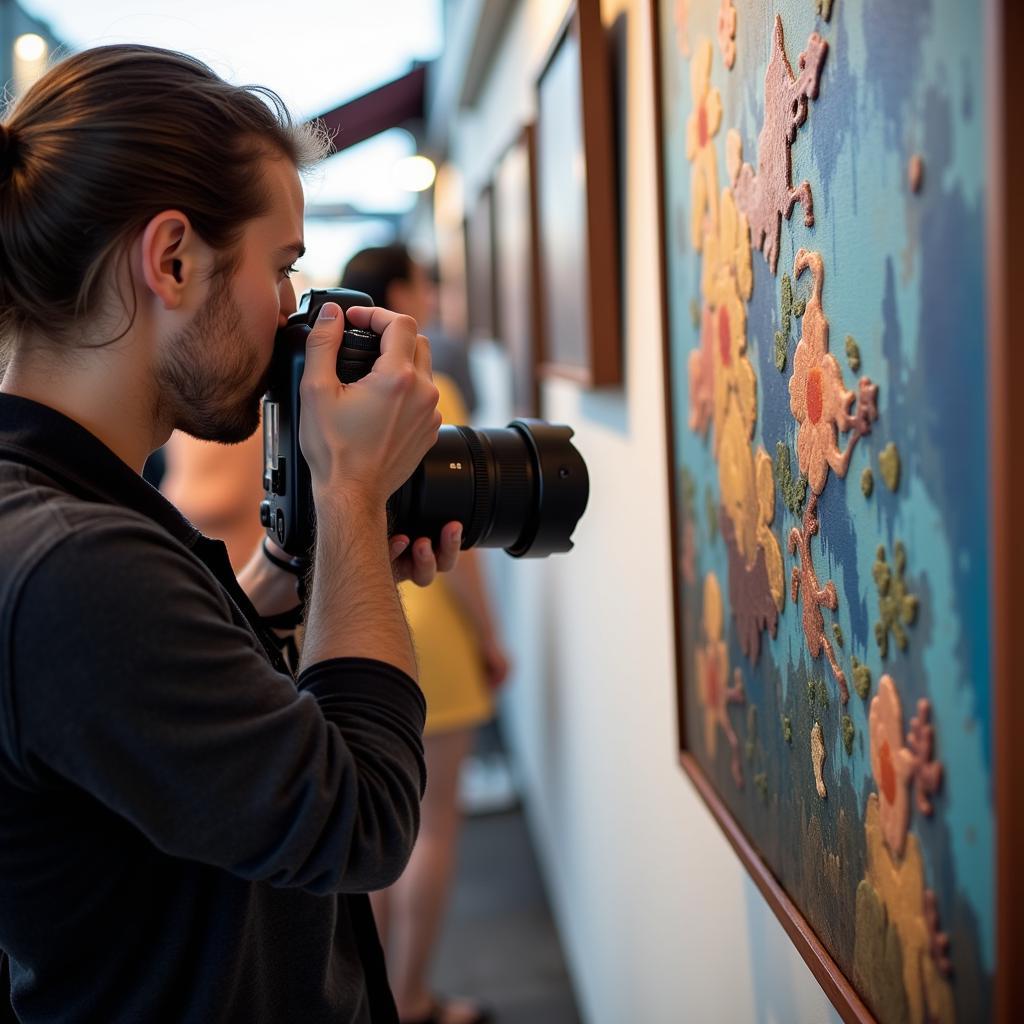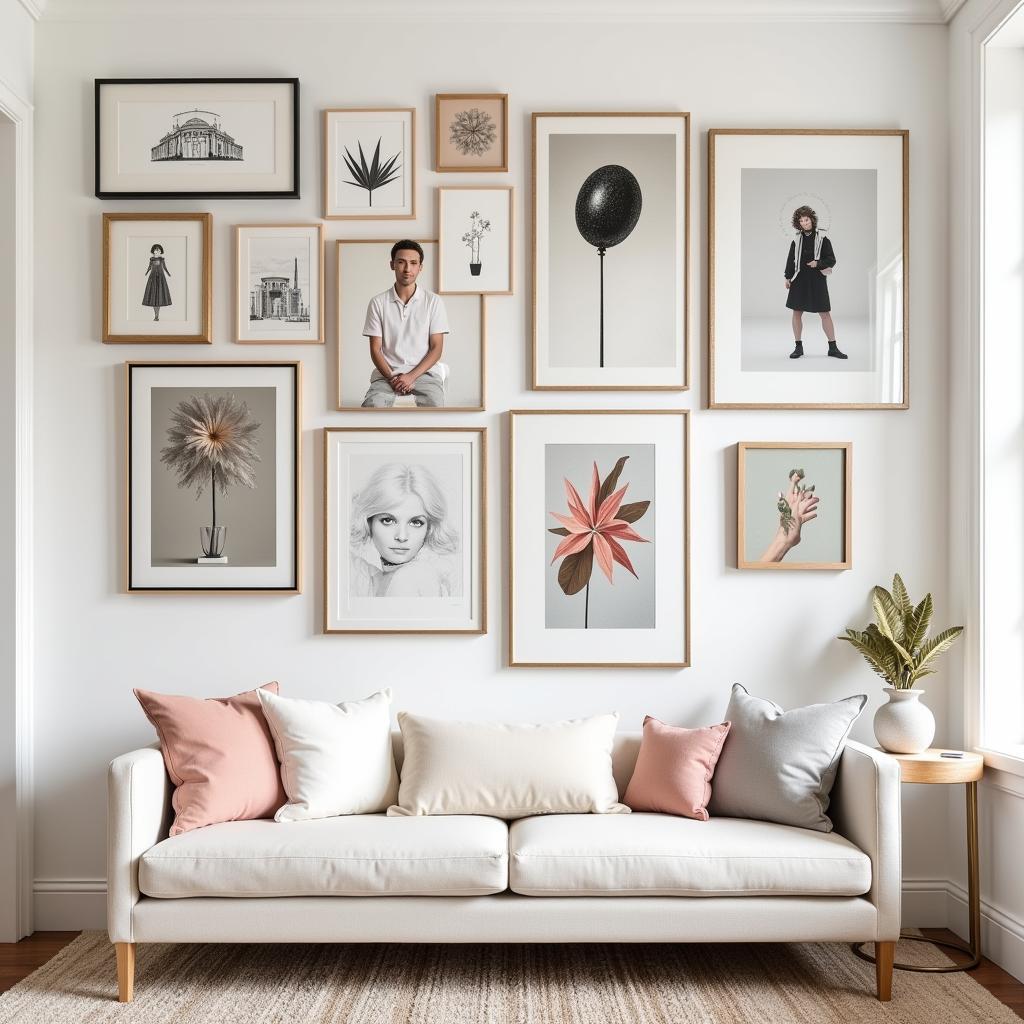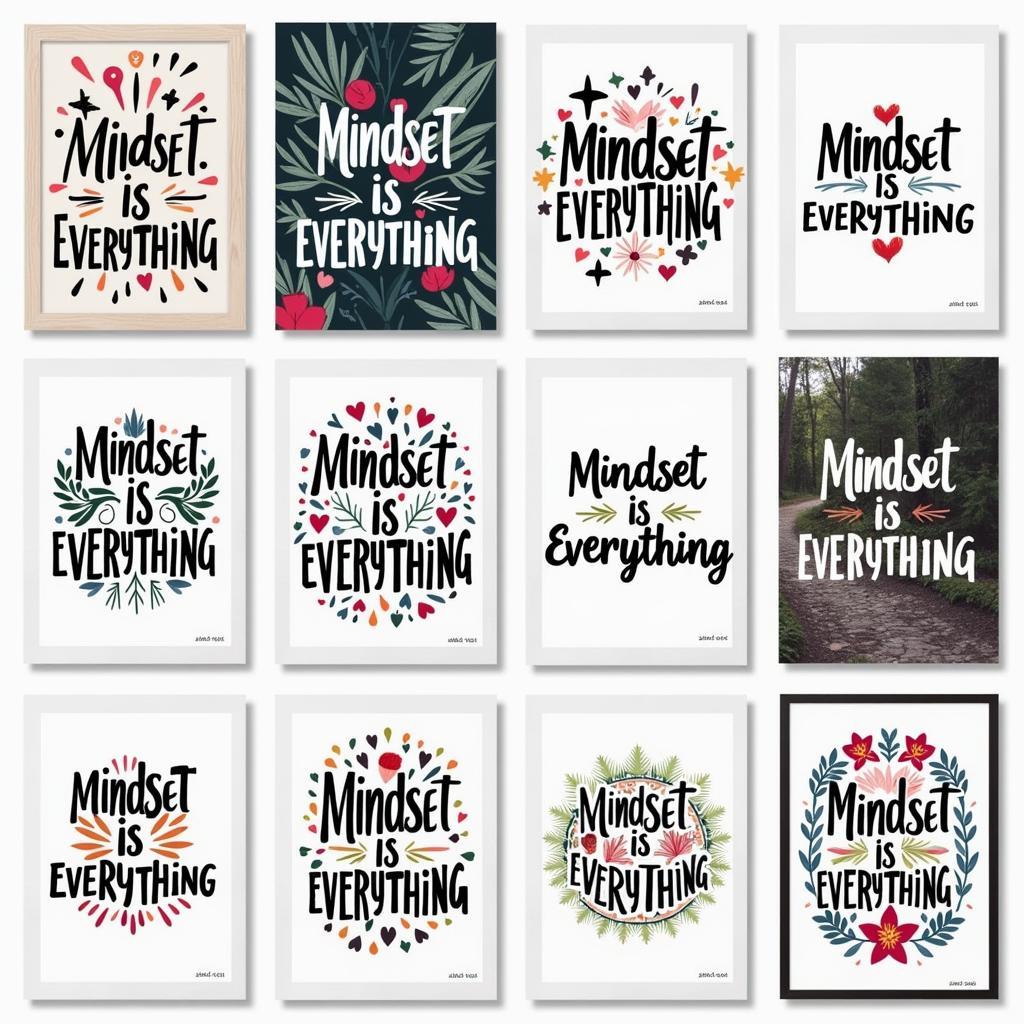Embracing Imperfection in Art: Finding Beauty in the Unfinished
From the swirling strokes of a Van Gogh to the seemingly effortless lines of a Matisse, art has always been about expressing the human experience. And what’s more human than imperfection? In a world obsessed with flawlessness, accepting imperfection in art can be a radical act of self-acceptance and a pathway to unlocking deeper levels of creativity.
Why is Accepting Imperfection in Art So Difficult?
We live in a digital age saturated with perfectly curated images. Social media feeds overflow with flawless faces and pristine landscapes, creating unrealistic expectations and feeding into our fear of not measuring up. This constant exposure to “perfection” can make it challenging to embrace the beauty of rawness and authenticity, both in ourselves and our art.
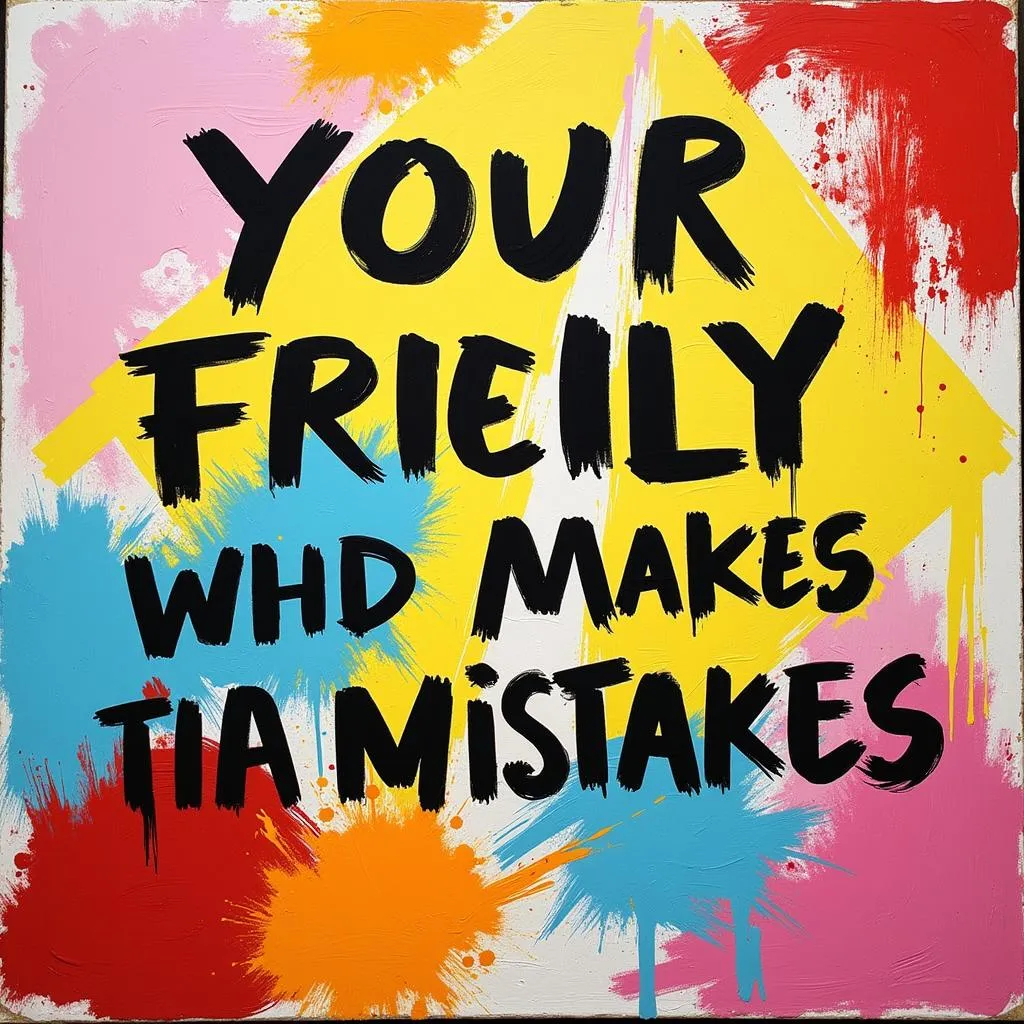 Overcoming the Fear of Failure in Art
Overcoming the Fear of Failure in Art
The Liberation of Letting Go
Perfectionism, while often disguised as a desire for excellence, can actually stifle creativity. It can lead to procrastination, self-doubt, and a fear of even starting a project. On the other hand, accepting imperfection allows us to:
- Embrace the creative process: It shifts the focus from the end result to the journey itself, allowing us to experiment, take risks, and learn from our mistakes.
- Discover unique beauty: Imperfections add character, depth, and a sense of individuality to our art, making it truly one-of-a-kind.
- Connect on a deeper level: Imperfect art resonates with our shared humanity, reminding us that it’s okay to be vulnerable and authentic.
Cultivating Acceptance in Your Artistic Practice
So how do we actually incorporate this philosophy into our creative practice? Here are a few tips:
- Reframe Mistakes as Learning Opportunities: Instead of viewing mistakes as failures, see them as valuable feedback and stepping stones towards growth.
- Embrace the “Wabi-Sabi” Aesthetic: This Japanese philosophy celebrates the beauty of imperfection, impermanence, and the natural cycle of life.
- Practice Non-Attachment: Don’t get too attached to the outcome. Let go of the need to control every aspect of your art and allow it to unfold organically.
- Find Inspiration in the Imperfect: Look for beauty in the cracks, the asymmetry, the unexpected details. Nature is full of imperfect wonders that can inspire us.
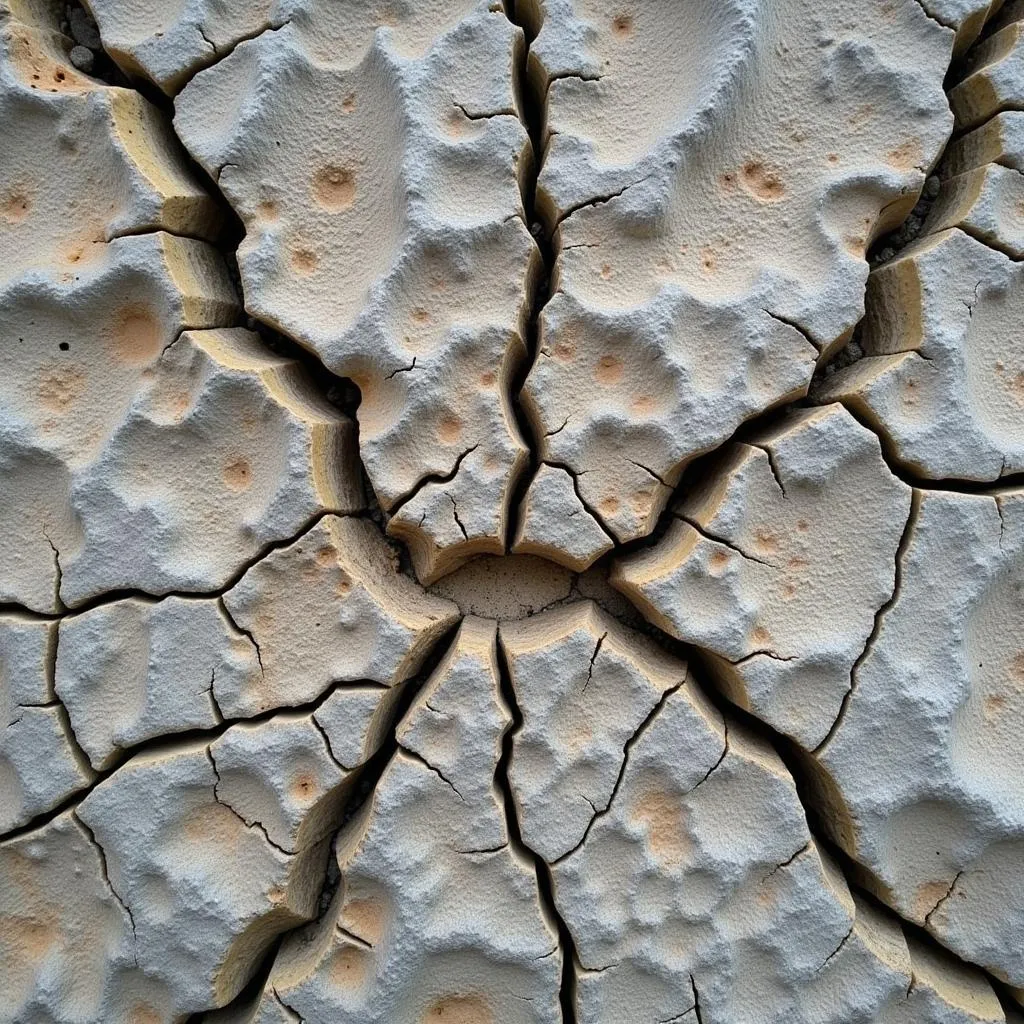 Finding Inspiration from Imperfect Nature in Art
Finding Inspiration from Imperfect Nature in Art
Accepting Imperfection is a Journey, Not a Destination
Remember, embracing imperfection is not about lowering your standards or settling for mediocrity. It’s about shifting your perspective, finding freedom in the creative process, and allowing your true self to shine through your art. It’s about understanding that the most meaningful art often comes from a place of vulnerability and authenticity. So, let go of the need for perfection, embrace the beauty of your own unique journey, and see what unfolds.
FAQs about Accepting Imperfection in Art
1. How do I overcome the fear of making mistakes in my art?
Start by reframing mistakes as opportunities to learn and grow. Remember that every artist, even the masters, made countless mistakes along the way. It’s all part of the creative process.
2. What are some examples of “imperfect” art that is considered beautiful?
Think about the works of Vincent van Gogh, whose brushstrokes were bold and expressive, or the pottery of ancient Japan, which often featured cracks and imperfections that were seen as adding to its beauty.
3. How can I learn to appreciate the beauty of imperfection in my own work?
Try focusing on the process of creation rather than the end result. Notice the small details, the textures, and the unexpected marks that make your work unique.
4. What is the connection between accepting imperfection and creativity?
When we let go of the need for perfection, we open ourselves up to experimentation and risk-taking, which are essential ingredients for creativity.
5. How can I apply the concept of “wabi-sabi” to my art?
Embrace natural materials, organic forms, and the beauty of aging and decay. Allow your work to reflect the transient and imperfect nature of life itself.
Need help on your artistic journey?
Contact us at:
Phone number: 02462573573
Email: danteum@gmail.com
Address: Savico Megamall, 7-9 Đ. Nguyễn Văn Linh, Gia Thụy, Long Biên, Hà Nội 10000, Việt Nam.
Our customer service team is available 24/7.
